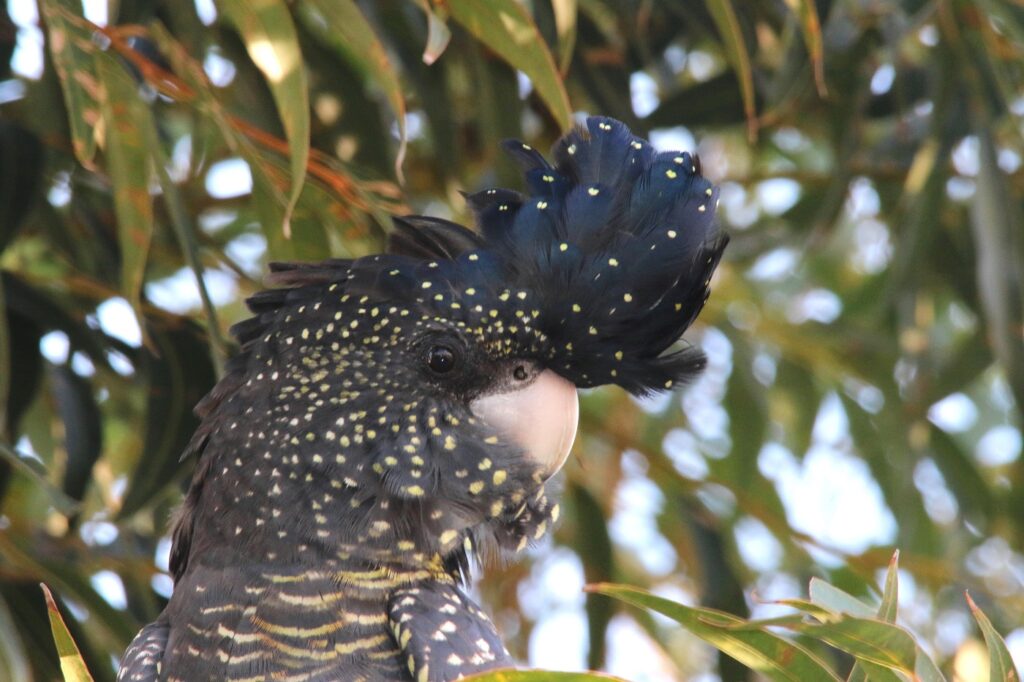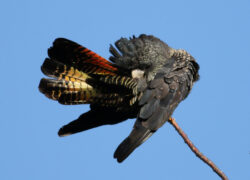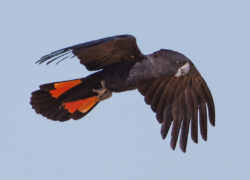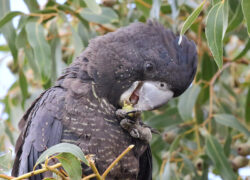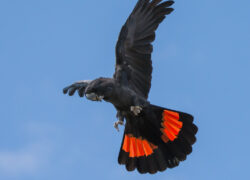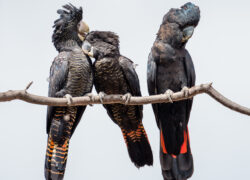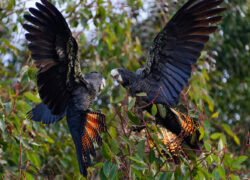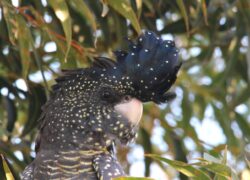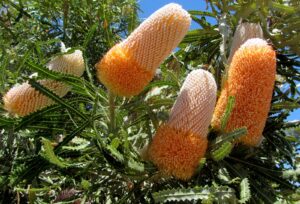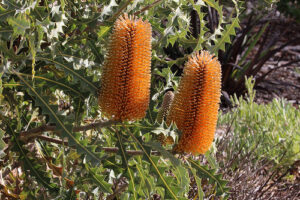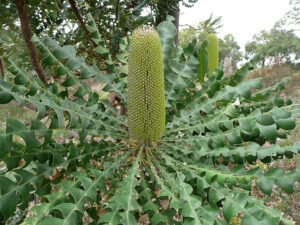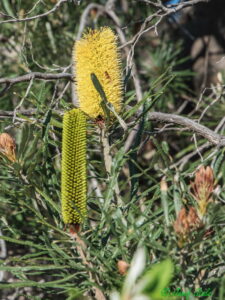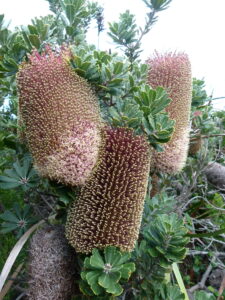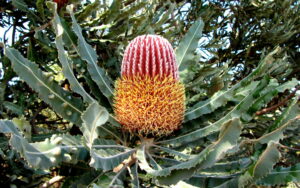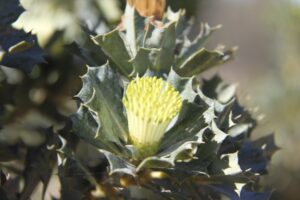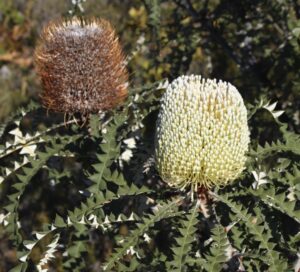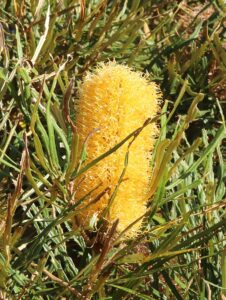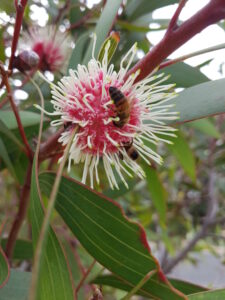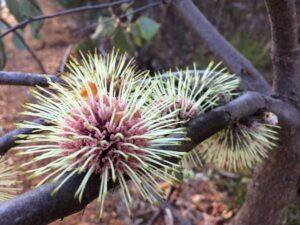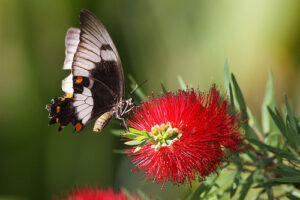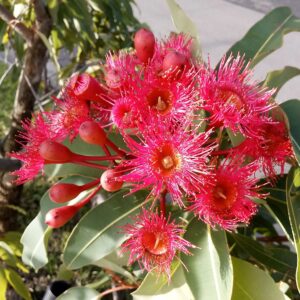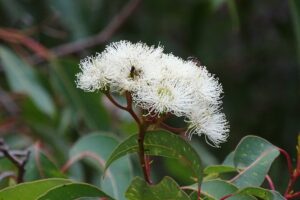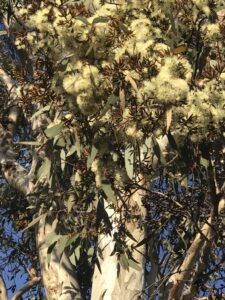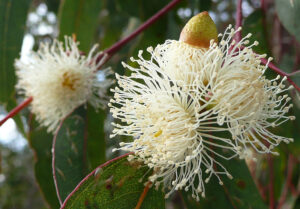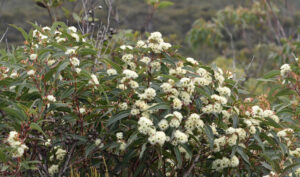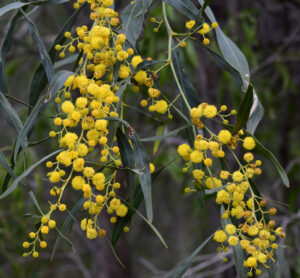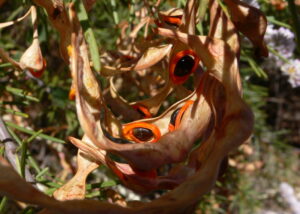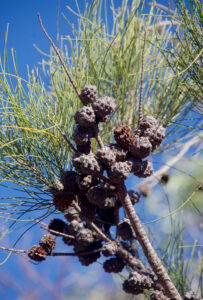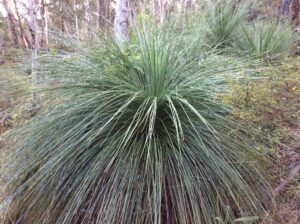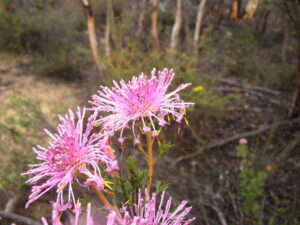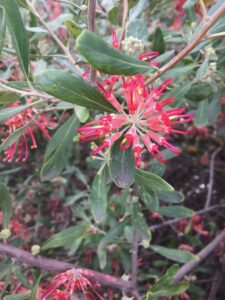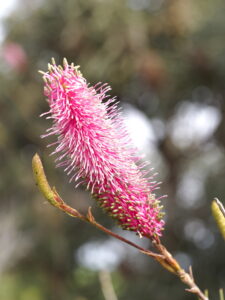Red-tailed Black-Cockatoo
Families of Karrak have acquired a taste for urban life and are exchanging their forest homes for a life in the suburbs.
Noongar Names: Karrak
Scientific Name: Calyptorhynchus banksii
Conservation Status: Vulnerable
Threats: Habitat clearning, Illegal shooting, car strikes, and introduced species
Will they visit?: Red-tailed Black-Cockatoos frequently visit home gardens with good urban canopy
Natural Distribution: Common and widespread throughout the South West and Perth region
- ‘Red-tailed Black-Cockatoo (C)Cherilyn Corker 2016 birdlifephotography.org.au’
- Red-tailed-Black-Cockatoo (C)David-Newell-2019-birdlifephotography.org_.au
- ‘Red-tailed Black-Cockatoo (C)Jill Wilson 2015 birdlifephotography.org.au’
- ‘Red-tailed Black-Cockatoo (C)Keith Wilcox 2017 birdlifephotography.org.au’
- Red-tailed-Black-Cockatoo-CPenny-Stirling-2019-birdlifephotography.org_.au
- ‘Red-tailed Black-Cockatoo (C)Tony Luha 2015 birdlifephotography.org.au’
- ‘Red-tailed Black-Cockatoo (C)William Betts 2015 birdlifephotography.org.au’
Habitat at a Glance
See Habitat Guide for more detail
Shelter:
Diet: Fruits, seeds, and flowers
Water: Native frog ponds, water troughs and bird baths
ReWild Benefit:
Habitat Guide - Shelter
Habitat Guide - Food and Water
ReWild Benefits
Black Cockatoos face challenges as we continue to clear their breeding and foraging habitat. Black Cockatoos pollinate and disperse seeds of native plants and help to create a more connected ecosystem throughout the landscape.
Visit BirdLife Australia to learn more about these native birds and record any sightings via Birdata. You can join the annual Great Cocky Count to help scientist monitor their population.

